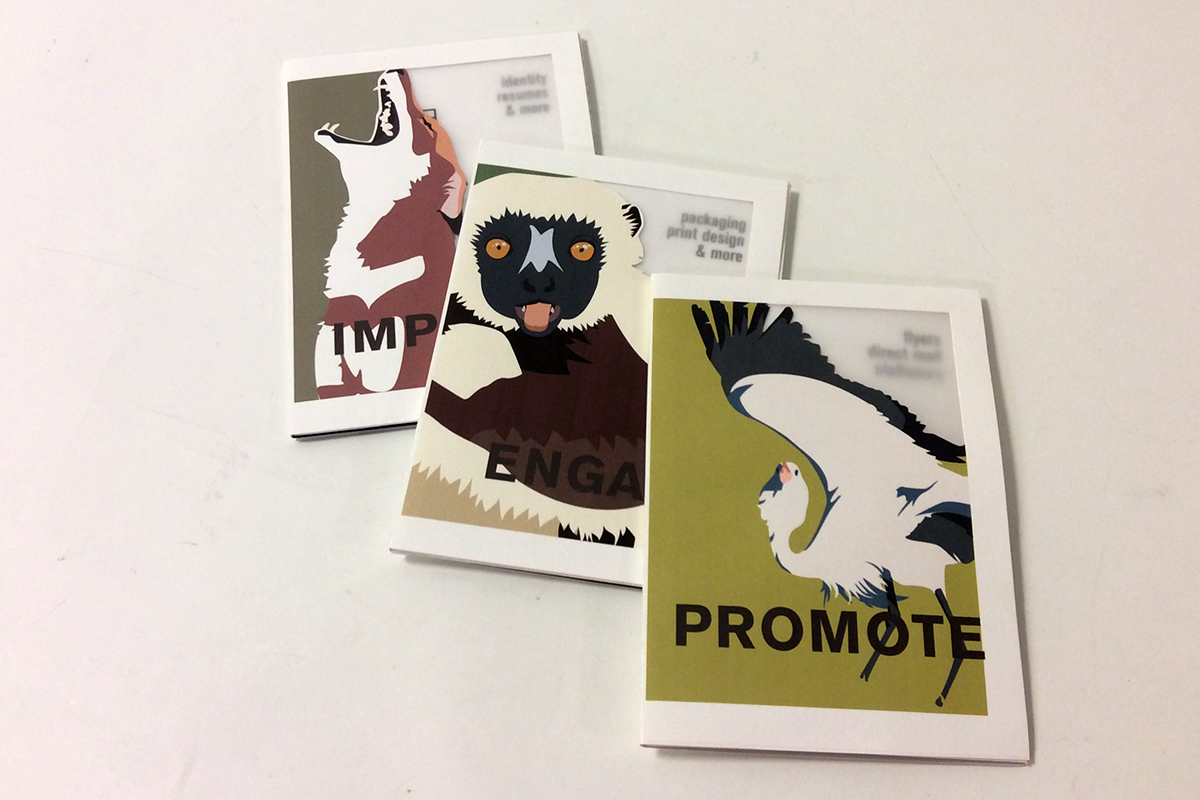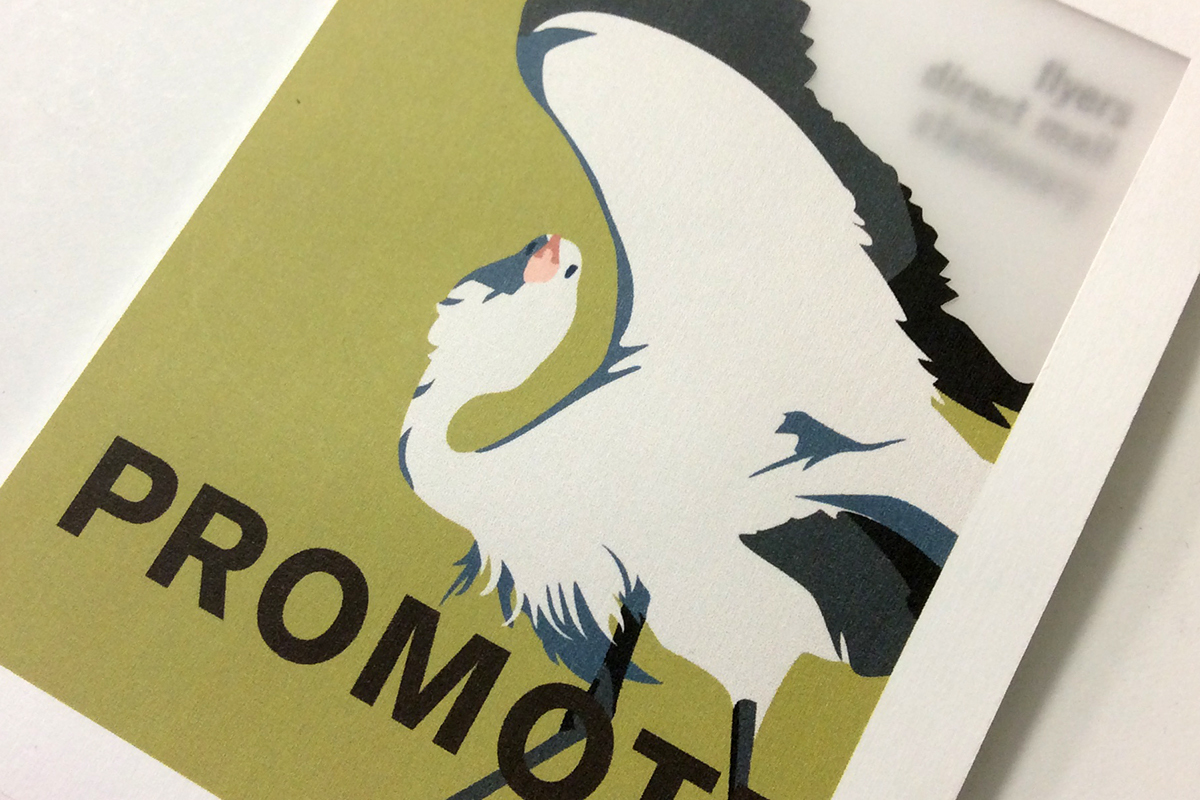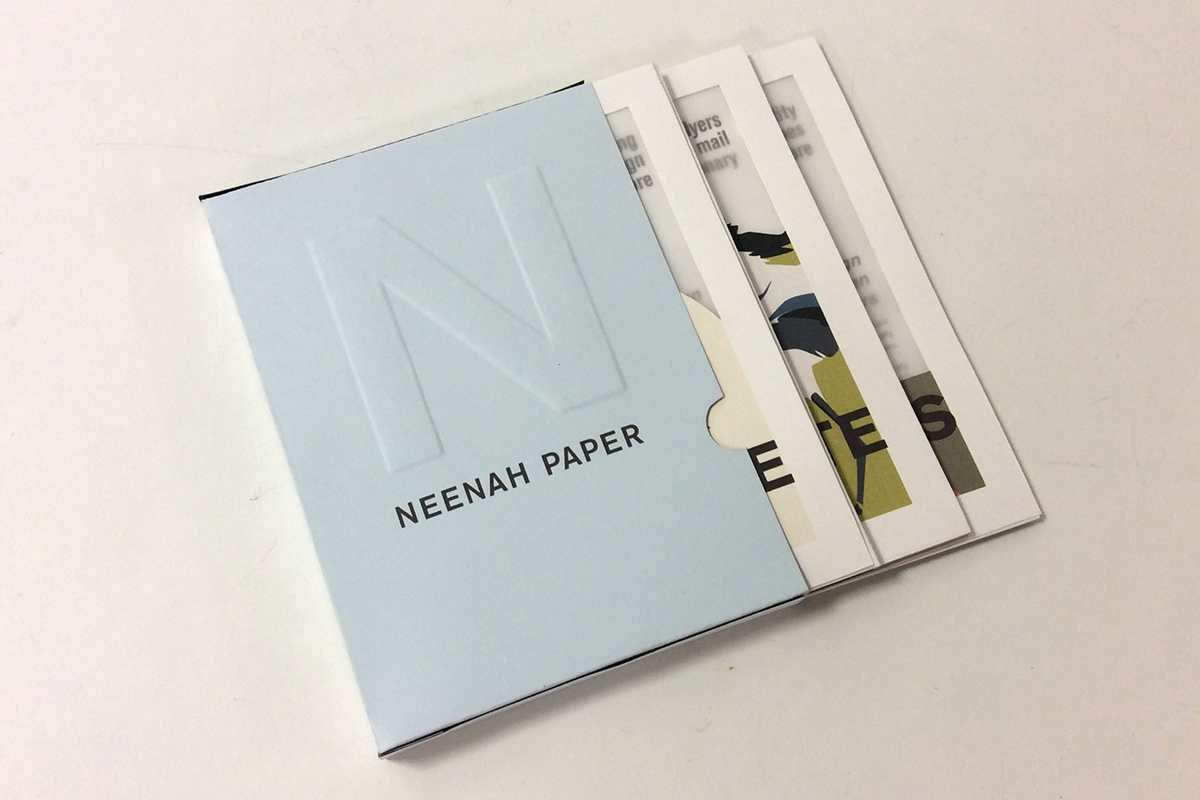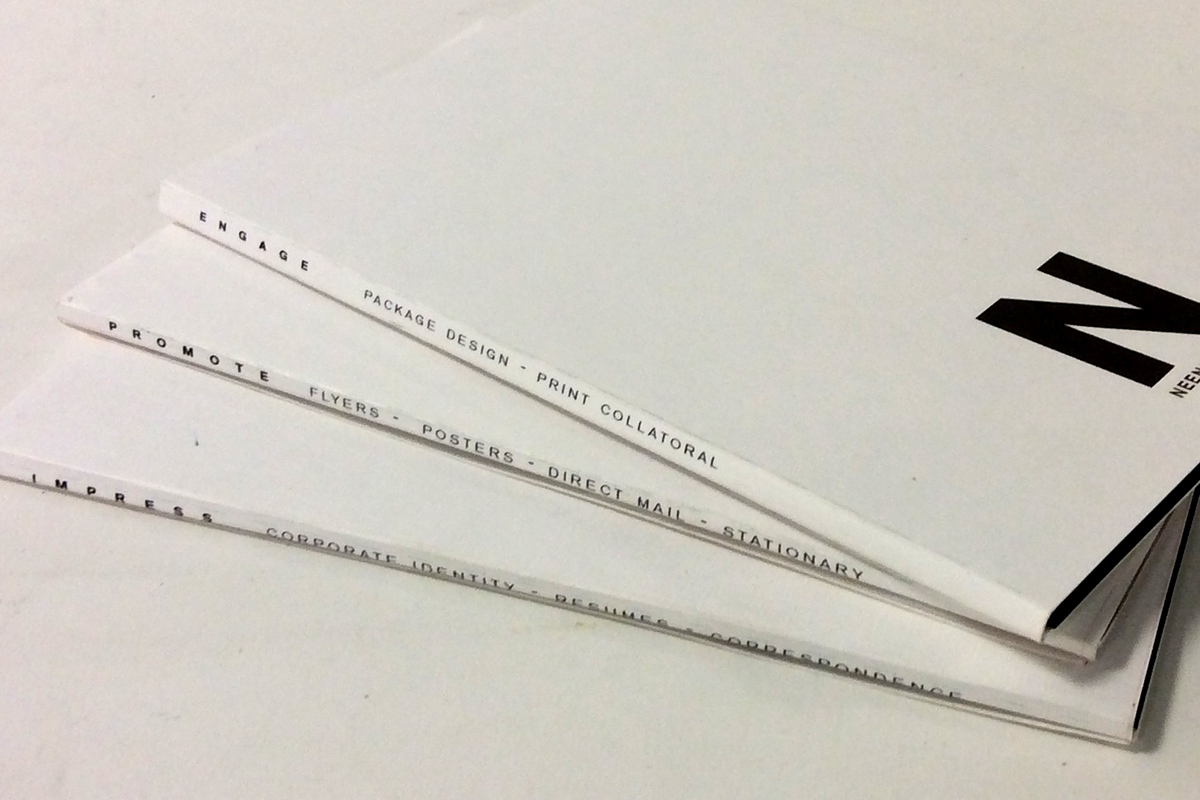
I chose three endangered animals from Africa to showcase the Exceptional Earth Collection. The Ethiopian red wolf, the blue crane, and the Coquerel's Sifaka. The rare and captivating nature of these animals reflect this selection of fine Neenah paper.
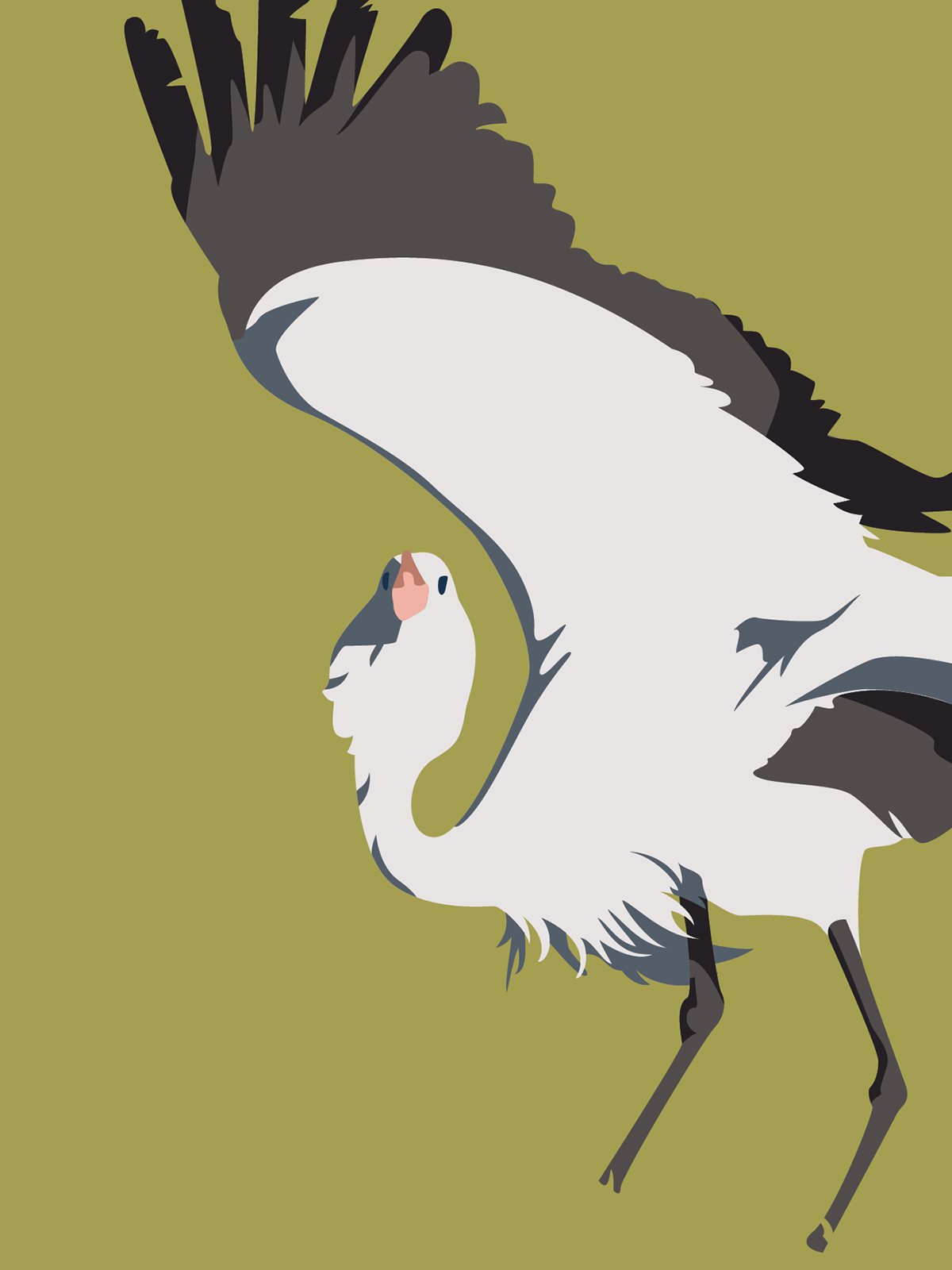
The blue crane, Anthropoides paradiseus, also known as the Stanley crane and the paradise crane, is the national bird of South Africa. Blue cranes are birds of the dry grassy uplands, usually the pastured grasses of hills, valleys, and plains with a few scattered trees. They prefer areas in the nesting season that have access to both upland and wetland areas, though they feed almost entirely in dry areas. They are altitudinal migrants, generally nesting in the lower grasslands of an elevation of around 1,300 to 2,000 m and moving down to lower altitudes for winter. Though historically found in areas of low human disturbance, the blue crane is currently thriving in the highly transformed agricultural areas of the Western Cape. This is the only portion of its range where the population is increasing, though they still face threats such as poisoning in the region.

Coquerel's sifaka, Propithecus coquereli, is a diurnal, medium-sized lemur of the sifaka genus Propithecus. Like all lemurs, it is native to Madagascar. It was once considered to be a subspecies of Verreaux's sifaka, but was eventually granted full species level. Though its populations are thought to be widely distributed, Coquerel's sifaka is found in only two protected areas in Madagascar: the Ankarafantsika National Park and the Bora Special Reserve. It is an endangered species, according to the IUCN's Red List of Threatened Species. The principal threats to its existence aredeforestation, habitat fragmentation, and hunting pressure. The locals often clear trees to produce new farming land, especially in the marshes where rice can be grown. In northwestern Madagascar, deforestation results from annual burning to create new pastureland for livestock. Trees are also cut for the production of charcoal.
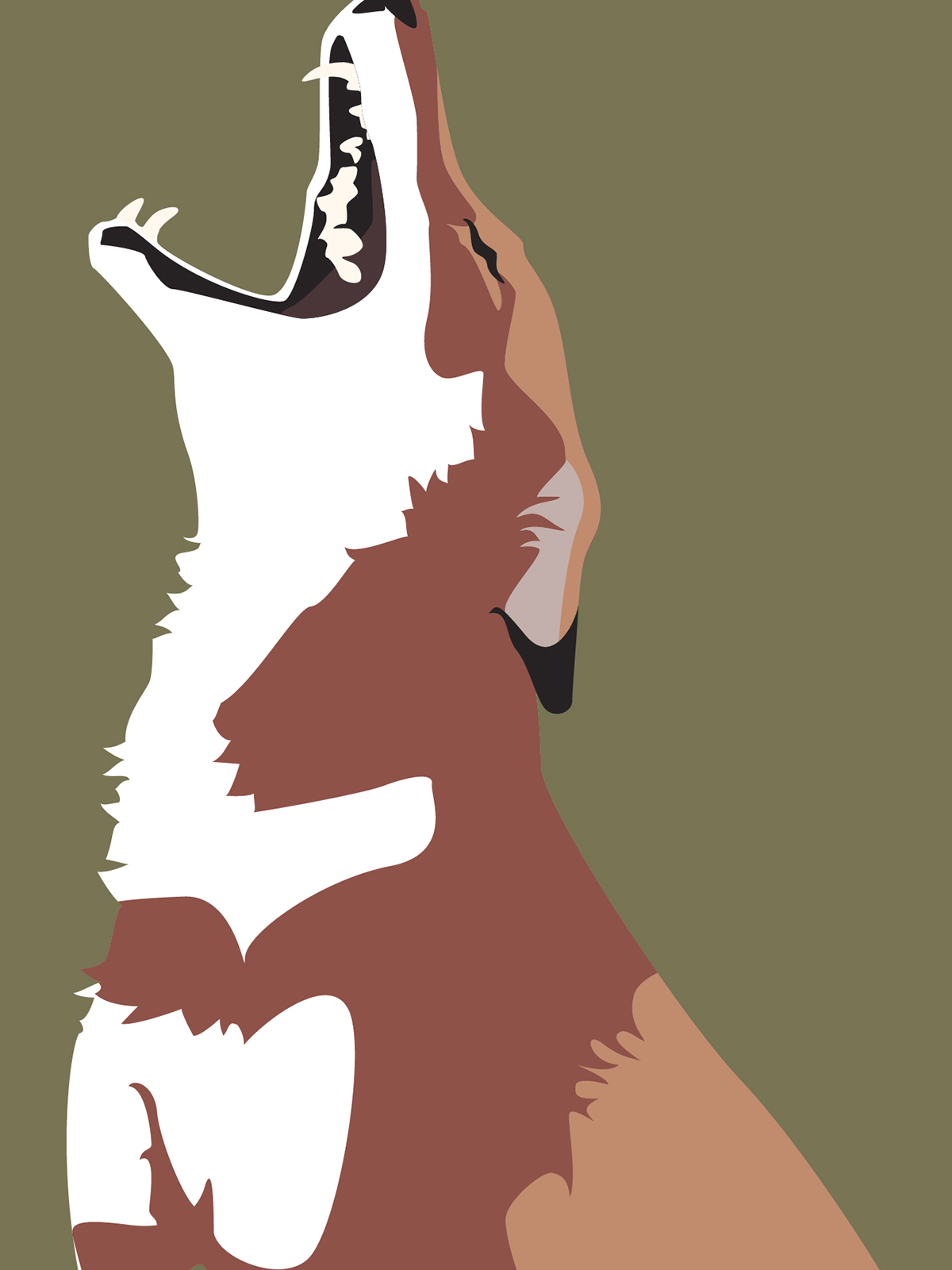
The Ethiopian wolf, Canis simensis, is a canid native to the Ethiopian Highlands. It is similar to the coyote in size and build, and is distinguished by its long and narrow skull, and its red and white fur. Unlike most large canids, which are widespread, generalist feeders, the Ethiopian wolf is a highly specialised feeder of Afroalpine rodents with very specific habitat requirements. It is one of the world's rarest canids, and Africa's most endangered carnivore.

